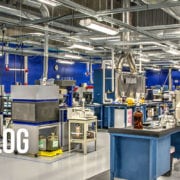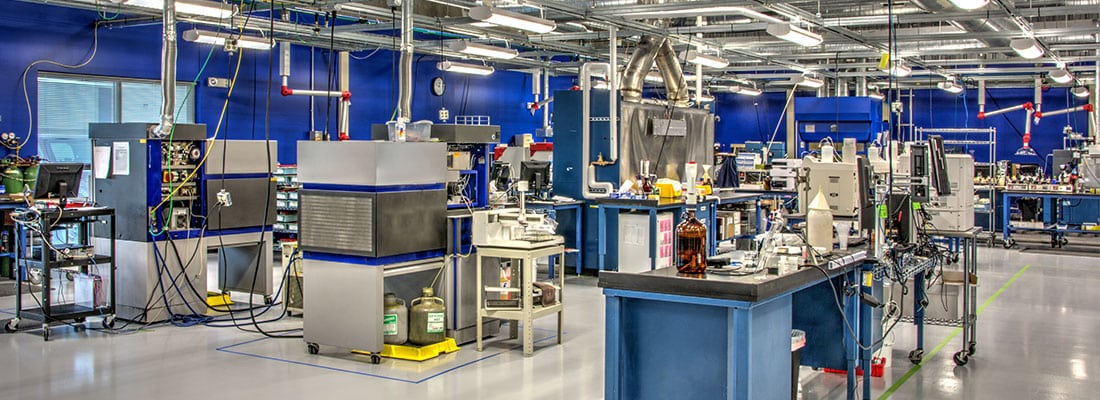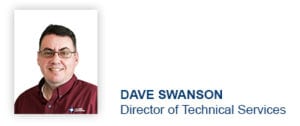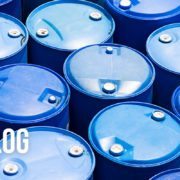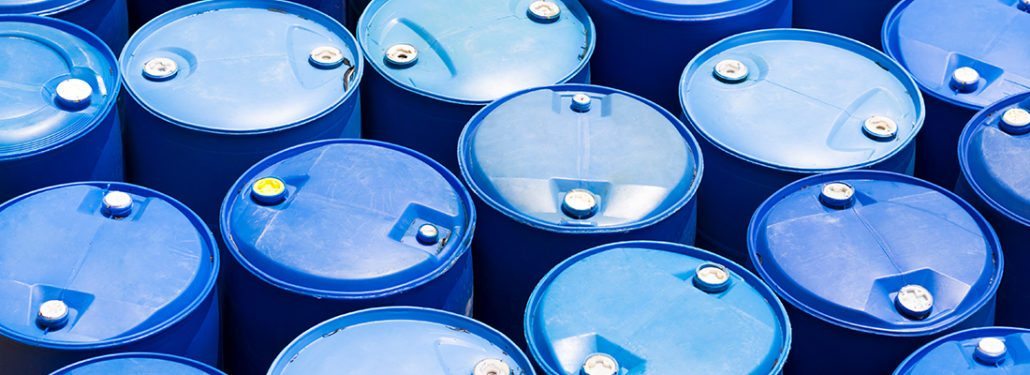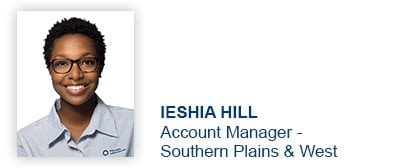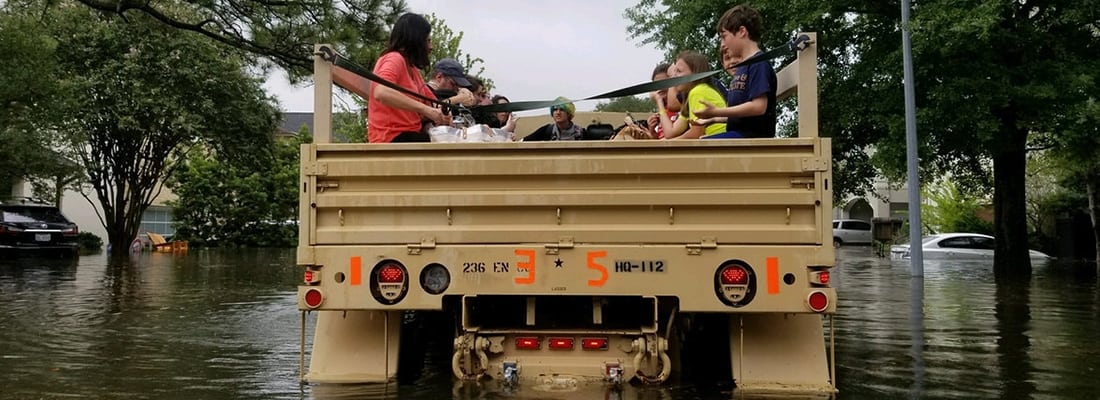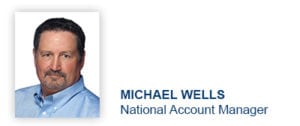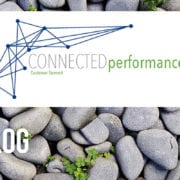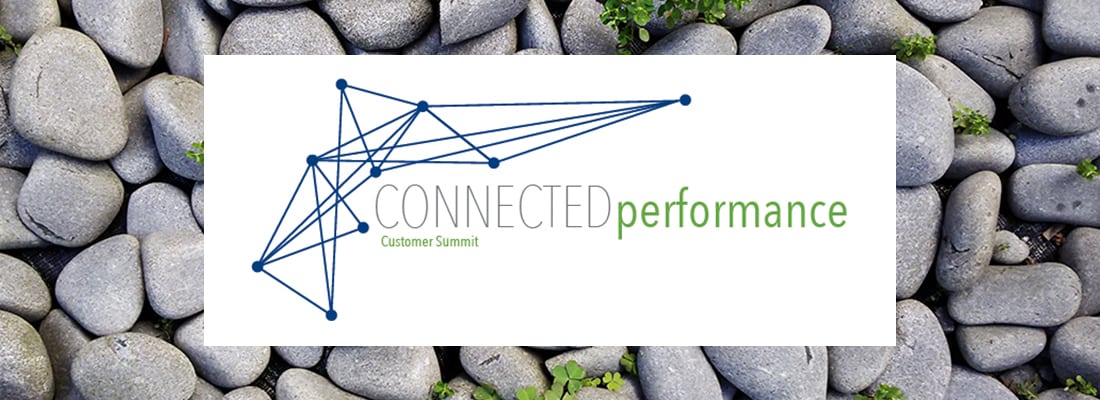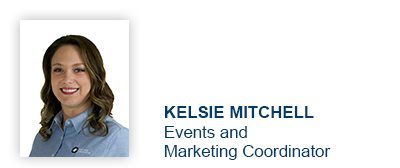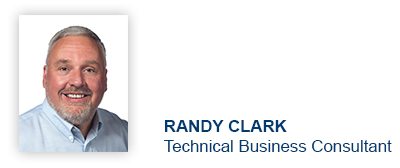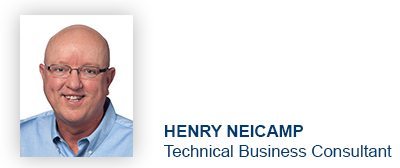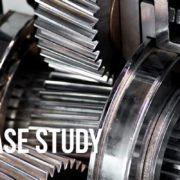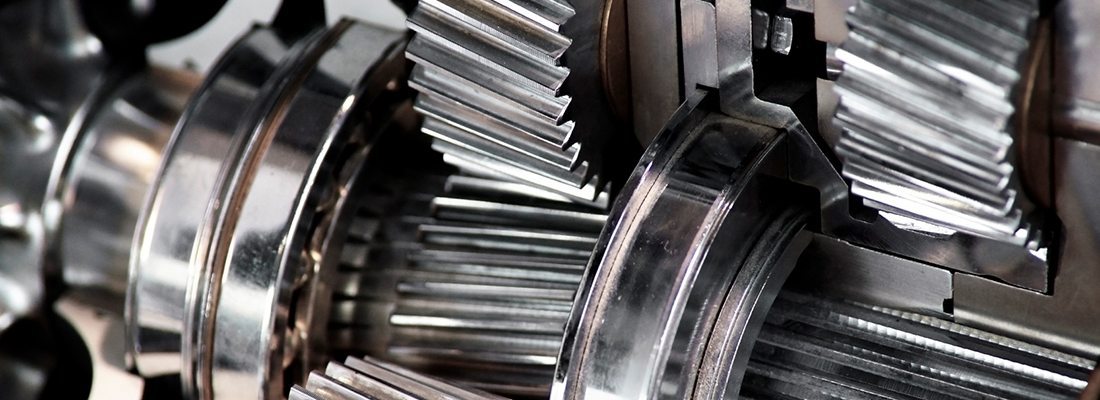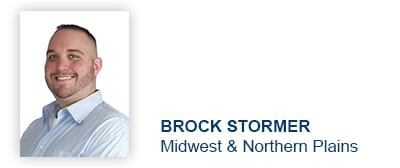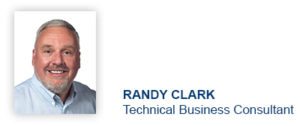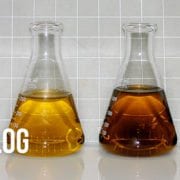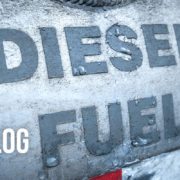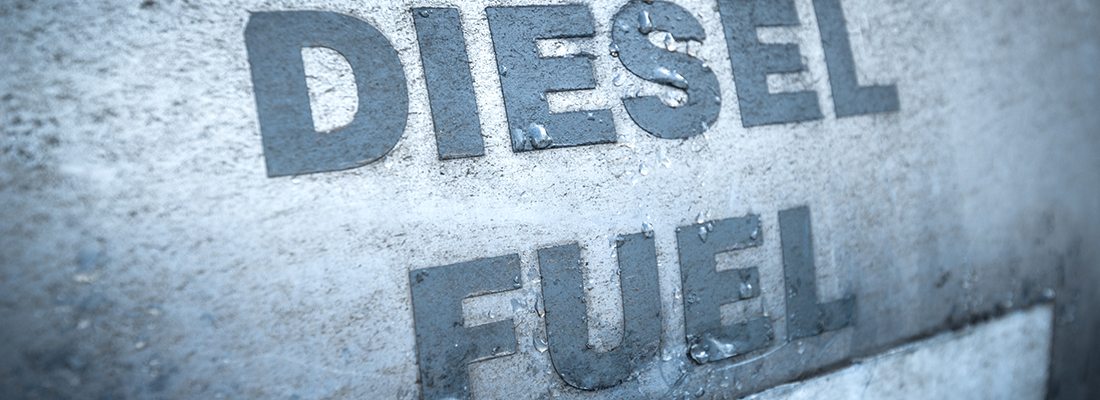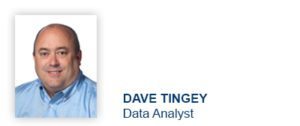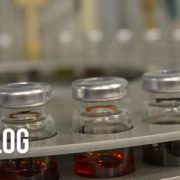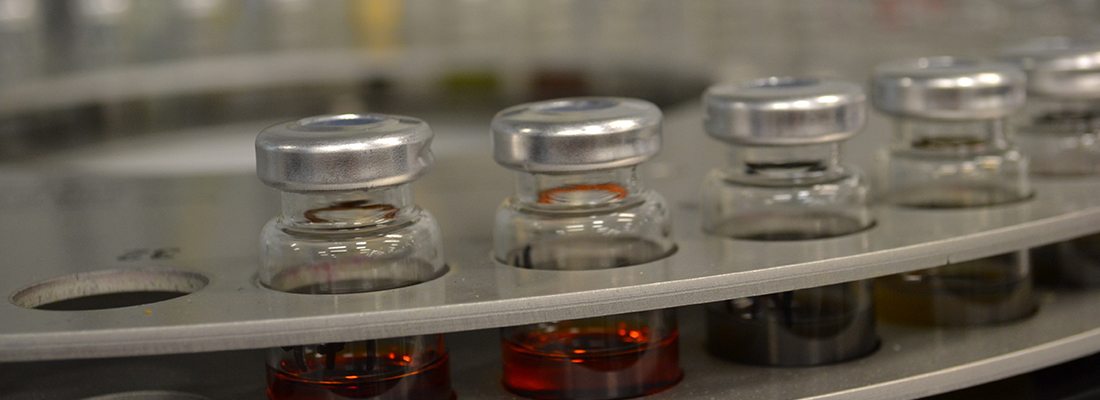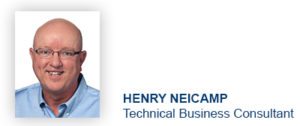5 Reasons for Changing Diesel Fuel Distillation
POLARIS Laboratories® is changing the way we test the distillation of diesel fuels to provide quicker, more reliable results. The switch from ASTM D86 to ASTM D7345 will go into effect Autumn 2017.
Our laboratories have utilized ASTM D86 since we first started offering diesel fuel analysis. This method was established in 1921 and has been widely employed in the petrochemical industry. As with all tests, it has certain limitations in regards to the amount of sample required and the time it takes to perform. Automation has certainly helped over the years, but now more accurate, reliable and timely options exist.
ASTM D7345 Standard Test Method for Distillation of Petroleum Products and Liquid Fuels at Atmospheric Pressure (Micro Distillation Method) was recently approved for use in ASTM D975 Standard Specification of Diesel Fuel Oils. POLARIS Laboratories® has chosen to switch to this new method to better serve our customers.
1. Accurate Results
ASTM D7345 shows certain advantages over ASTM D86, notably in the reproducibility of results. While some bias does exist between the two methods, this has been measured by ASTM and formulas are given to remove any of this bias. This means our customers should not see any significant difference in results.
2. Reliable Data
By investing in new technology, POLARIS Laboratories® continues to ensure our service provides quality of results, and the reproducibility of ASTM D7345 is better than that of ASTM D86.
3. Timely Analysis
POLARIS Laboratories® recognizes that time constraints are even more critical in today’s business practices. Even better, the analysis can be completed in a fraction of the time of the conventional ASTM D86 analysis.
4. Efficient Sampling
ASTM D7345 requires only a tenth of the sample requirement of ASTM D86, which leaves more fuel available for follow-up testing.
5. Improved Capabilities
ASTM D7345 allows for the analysis of B100 Biodiesel blends, something simply not possible under ASTM D86. As more of our customers adopt Biodiesel blends, POLARIS Laboratories® will be able to meet their testing needs.
With so many advantages to our customers, it was a simple choice to adopt the new distillation method over a method close to a century old. We will strive to continue to offer improvements so we can provide the most accurate, reliable and timely test methods possible.

